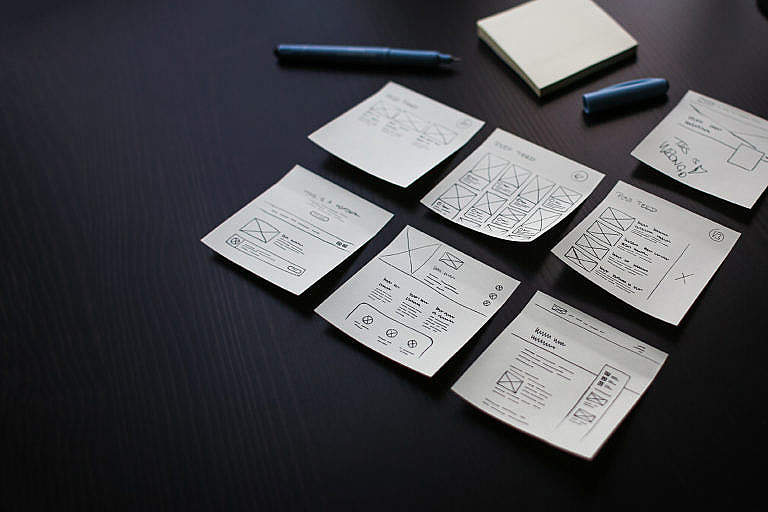Over the last 20 years, the open office design has become increasingly popular both at start-ups and co-working spaces, as well as large corporations. By the end of last year, it was estimated that 80% of offices had transitioned to an open floor design. Initially thought of as a forward and innovative concept, the open office plan is proving to be a catastrophe, particularly within larger companies. So why did so companies ditch offices in favor of an open office plan?
Break down walls, build communication.
The idea of knocking down office doors and creating a level field for all employees seems innovative. Businesses believed that if they could open the floor plan they would benefit through:
• Improved Communication
• Easier Supervision
• Lower Costs
• A Vibrant Atmosphere
• Increased Productivity
But instead, studies are showing that employees are suffering from:
• Increased Distractions
• Lack of Personal Space
• Increased Pressure
• Increased Sick Days
• Decreased Creativity
Without any privacy, employees feel the need to be “on” all the time. Knowing that everyone around them can see and hear what they are doing is leading to a decrease in true creative thinking and an increase in creating the appearance of being busy. Some employees fear taking creative risks in the knowledge that everyone around them will see their failures. They also report feeling pressure to come in early to claim workspace and stay longer so that they don’t risk being judged as the first to leave work, which, in addition to closer proximity to co-workers is leading to an increase in sickness. According to Harvard researchers, face-to-face interaction between co-workers is down an astounding 70% in comparison to traditional office spaces.
So what’s the solution?
While there are still some benefits to an open office plan, the majority of companies are realizing that the bad is outweighing the good. So what’s the formula that will produce the right balance between culture, connection, privacy and productivity? Many businesses are experimenting with a moderate way to create a lofty atmosphere in conjunction with more spaces for personal privacy in the form of ABW, or activity-based workplace design. ABW offers employees more choices by creating a mix of open, private, and semi-private spaces throughout the office so that they can decide what type of atmosphere they need for specific tasks, while also giving them their own desk spaces as well as areas specific for relaxation and socializing.
Could ABW be the harmonious system that employees and businesses need to thrive?


